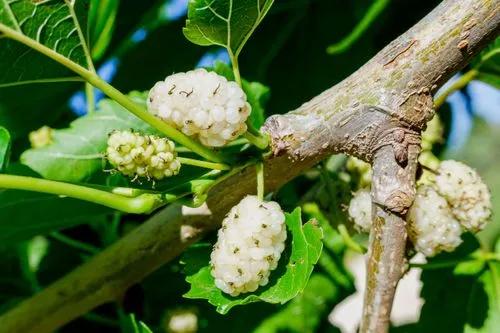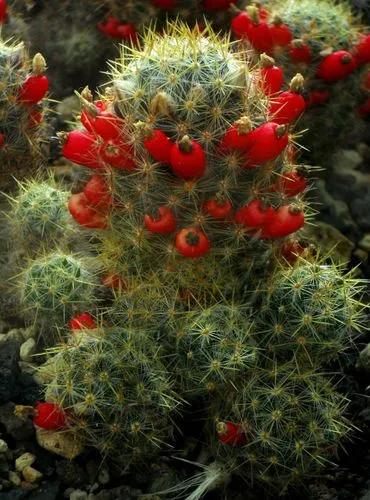Native to southern Africa, the Forest Natal Mahogany (Trichilia dregeana) is found near riverbeds, shaded by the high trees of the tropical forest.While Natal Mahoganies definitely appreciate bright indirect light, they are one of the most low-light tolerant large indoor plants. We have found that they are an excellent choice for lower light spaces where you may want a bit of height. They also tend to adjust well to fluorescent light, so they are a great addition to an office. Keep in mind that they will not survive in no light.
Forest Natal-mahogany Care
Trichilia Dregeana



What is the plant
How to Care for the Plant

Water

It prefers moist soil.

Pruning

For ornamental purposes, it may be pruned into shrub form

Fertilizer

Fertilize once a month with an organic houseplant fertilizer, following the package instructions for dilution and administration.
Ease your plant care routine with PlantIn's personalized system.

Sunlight

It can grow in semi-shade (light woodland) or no shade.

Soil

Suitable for: light (sandy), medium (loamy) and heavy (clay) soils and prefers well-drained soil. Suitable pH: acid, neutral and basic (alkaline) soils.

Temperature

t is hardy to zone (UK) 10.
Ease your plant care routine with PlantIn's personalized system.

Additional

The bark is very toxic. It is used in the preparation of fish poison

Popularity

70 people already have this plant 7 people have added this plant to their wishlists
What's wrong with your plant?
Related Plants
Discover more plants with the list below
Popular articles






